At 36 years old, Shinji Kagawa continues to play for Cerezo Osaka in the J.League. After an eventful career filled with highs and lows across Europe, he has returned home, maintaining steady form with the club where his professional journey first began.
When people ask, “How is Kagawa doing now?” — what is Shinji Kagawa up to these days — the answer is surprisingly refreshing for fans who have followed his career over the last two decades. At an age when many players have long since retired or moved into coaching roles, Kagawa is still lacing up his boots and competing at the highest level of Japanese football.
Now 36, the former Manchester United and Borussia Dortmund playmaker is once again donning the pink shirt of Cerezo Osaka, the very club where he began his career as a teenager. And while he no longer dazzles crowds in Europe’s biggest stadiums, his steady performances in the J.League serve as a reminder of his remarkable longevity, dedication, and enduring love for the game.
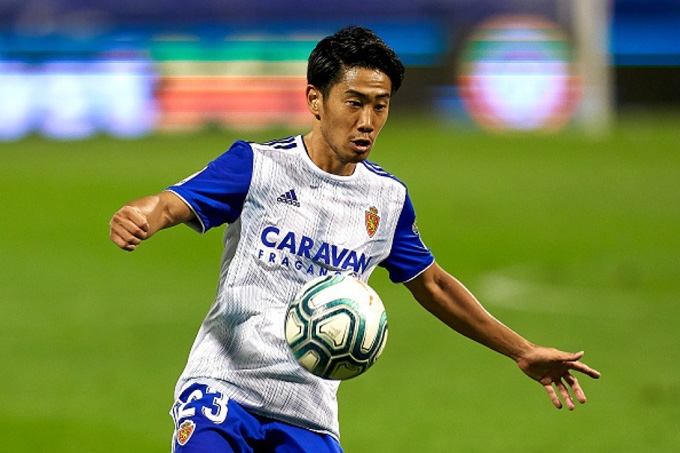
So, how is he doing exactly? Since the start of the 2025 season, Kagawa has appeared in 27 matches across all competitions for Cerezo Osaka, scoring four goals and assisting in several key plays. Just recently, he was on the field in a 1–3 defeat to Kashima Antlers on September 23 in Round 31 of the J.League. Even in a losing effort, the fact that he continues to play 90 minutes against top opposition at his age demonstrates his remarkable fitness and professionalism.
The Return Home
Kagawa’s return to Japan in 2023 was both symbolic and practical. After years of traveling across Europe, signing short-term deals, and experiencing the volatility of club football outside the top tier, the midfielder came back to where it all began. Cerezo Osaka, his boyhood club, welcomed him back with open arms.
Since his homecoming, Kagawa has played 79 matches for Cerezo, contributing seven goals along with countless moments of creativity in midfield. Beyond the numbers, his presence in the locker room has given younger Japanese players a mentor who has seen and experienced it all — from Bundesliga title races to Premier League glory nights under Sir Alex Ferguson.
For Japanese fans, seeing Kagawa finish his career where it started feels like a poetic conclusion to a journey that has spanned more than 15 years at the professional level. While he may no longer be the attacking maestro who terrorized defenses in Europe, his intelligence, composure, and vision still shine in J.League matches.
European Highs: Dortmund and Manchester United
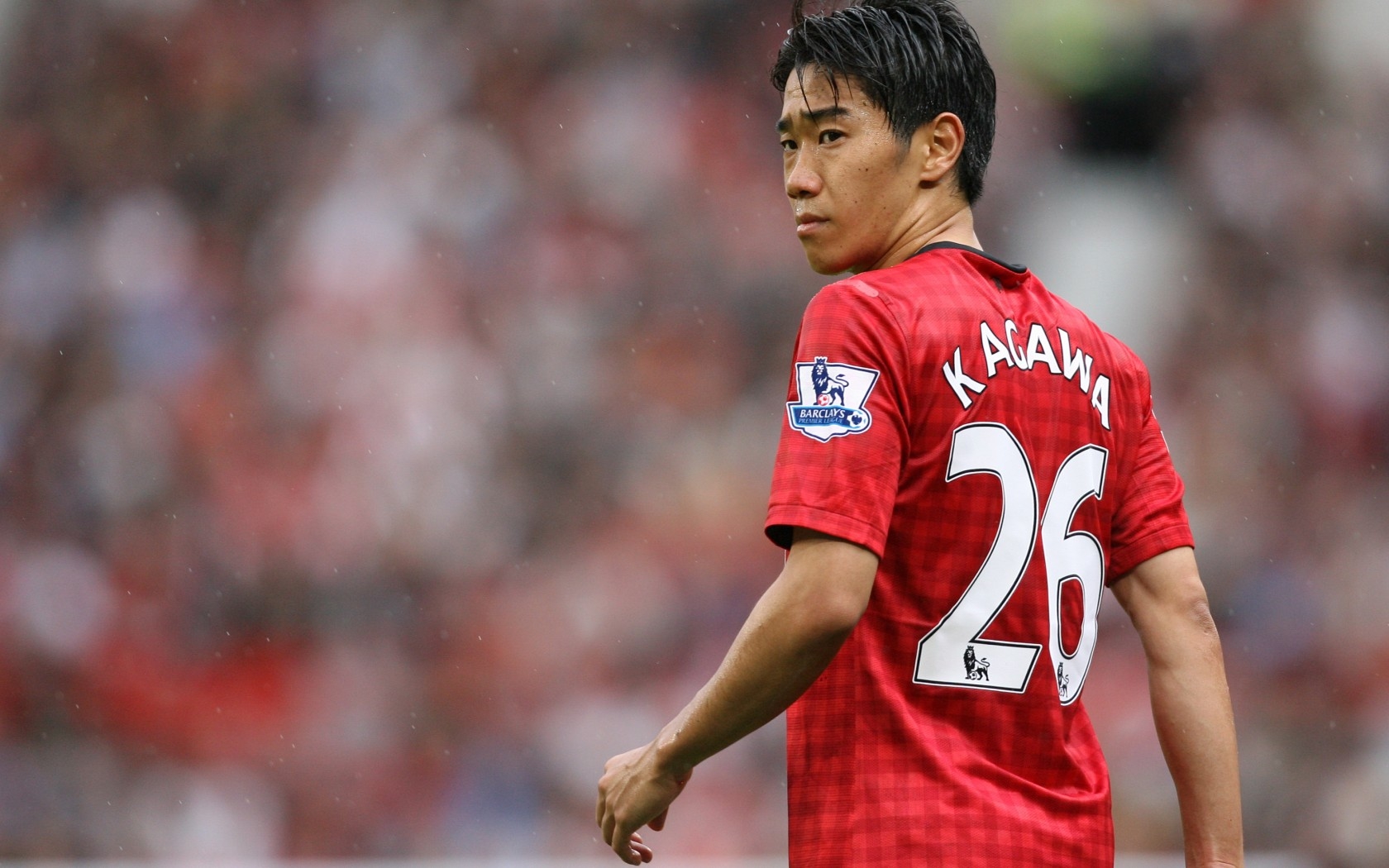
To understand why Kagawa’s return is so meaningful, one must revisit his years in Europe. The midfielder’s breakthrough came in Germany with Borussia Dortmund, where he became an integral part of Jürgen Klopp’s young, high-energy side that shocked Bayern Munich and the rest of Europe.
Signed from Cerezo Osaka in 2010 for a modest fee, Kagawa quickly adapted to the Bundesliga’s intensity. His technical skills, quick decision-making, and ability to find space between the lines made him a perfect fit in Klopp’s system. He helped Dortmund win back-to-back Bundesliga titles in 2011 and 2012, cementing his reputation as one of the most exciting Asian players in Europe.
His form naturally attracted the attention of Manchester United, who paid around £12 million to bring him to Old Trafford in the summer of 2012. Kagawa became the first Japanese player to sign for United, arriving at a club still managed by the legendary Sir Alex Ferguson.
Though injuries limited him at times, Kagawa still played an important role during his debut season. He won the Premier League title in 2013, becoming the first Japanese player ever to lift the trophy. In March of that year, he scored a memorable hat-trick against Norwich City, becoming the first Asian player to record a Premier League hat-trick. Ferguson himself praised Kagawa’s intelligence and ability to “make things happen” in midfield.
The Decline After Old Trafford
However, Ferguson’s retirement in the summer of 2013 marked a turning point. Under new managers, Kagawa struggled to find consistency at Manchester United. By 2014, he returned to Dortmund, but injuries and the rise of other talents meant he never quite reached the same heights as in his first spell.
From there, his career took a journeyman path. He spent time at clubs across Europe — including Besiktas in Turkey, Real Zaragoza in Spain’s second division, PAOK in Greece, and even Belgian side Sint-Truidense. While flashes of brilliance remained, he often found himself battling for minutes or playing in less competitive environments compared to his prime years.
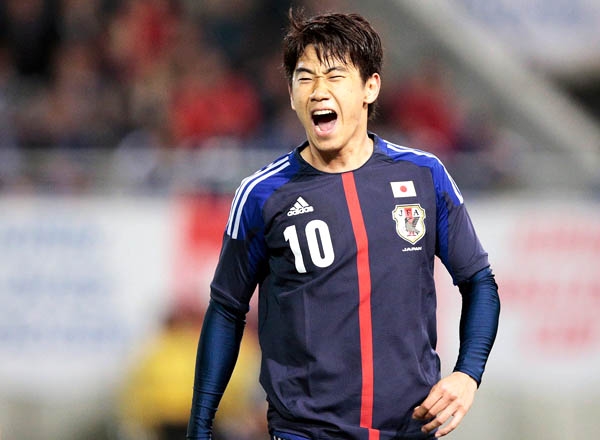
This nomadic phase reflected both the challenges of staying at the top level and Kagawa’s determination to keep playing professionally rather than settling for early retirement. Eventually, in 2023, he chose to return to Japan, signaling a desire to finish his playing days on home soil.
Kagawa at 36: The Veteran Leader
Now back with Cerezo Osaka, Kagawa is no longer the dynamic No. 10 who once unlocked Premier League defenses with silky through balls. Instead, he has evolved into a veteran leader who controls tempo, keeps possession, and serves as a guiding presence for younger teammates.
Physically, he has adapted his game. He no longer relies on bursts of pace but instead uses his vision, tactical understanding, and precise passing to influence matches. His four goals this season may not sound extraordinary, but they highlight his knack for stepping up at crucial moments.
Equally important is his off-field influence. Teammates have described him as approachable, humble, and eager to share advice. For a generation of Japanese players who grew up watching him at Dortmund and Manchester United, having Kagawa as a mentor is invaluable.
The Symbol of Japanese Football’s Rise
When discussing Japanese players in Europe, Kagawa’s name inevitably stands alongside icons such as Hidetoshi Nakata, Keisuke Honda, and more recently, Takefusa Kubo. His success in Germany and England was a breakthrough moment for Asian football, showing that players from the region could not only participate but also thrive in Europe’s most competitive leagues.
His time at Dortmund coincided with the rise of Japanese footballers in the Bundesliga, where clubs began scouting more actively in Asia. At Manchester United, his presence brought millions of Japanese fans closer to the Premier League, expanding the club’s global reach.
Even though his peak years were relatively short, the legacy of his achievements continues to inspire young Japanese talents who dream of making it in Europe.
The Legacy and What Comes Next
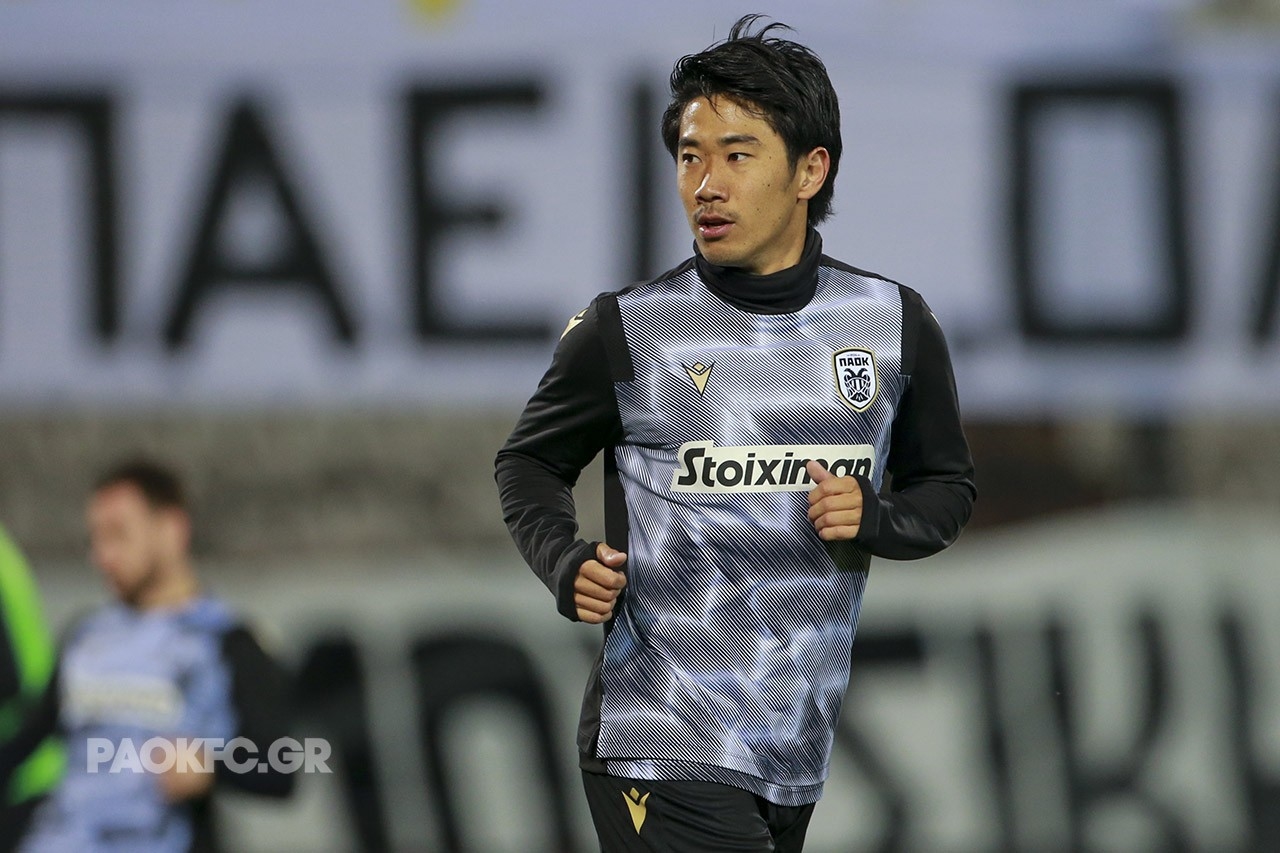
As Kagawa approaches the twilight of his career, fans and analysts alike wonder what comes next. Will he move into coaching? Will he remain involved in Japanese football as an ambassador or mentor?
While he has not publicly outlined his post-retirement plans, his experience and international profile make him a natural candidate for a future role in football beyond playing. He has lived through the highs of winning titles with Dortmund and Manchester United, the challenges of being a global star, and the struggles of adapting in unfamiliar leagues. That journey gives him a wealth of knowledge to pass down.
For now, though, he remains focused on playing. As long as his body allows, Kagawa continues to step onto the pitch each weekend for Cerezo Osaka, giving fans a chance to see one of Japan’s greatest ever footballers in action.
Conclusion
So, when people ask “Kagawa giờ ra sao?” the answer is simple but inspiring. He may no longer be in the spotlight of European football, but he is still doing what he loves most: playing soccer at a competitive level. At 36, Shinji Kagawa is proving that passion, professionalism, and resilience can extend a career far beyond what many expected.
From his dazzling days at Dortmund to his Premier League triumph with Manchester United, to his current role as the steady veteran at Cerezo Osaka, Kagawa’s journey is a testament to persistence. He embodies not only the evolution of Japanese football but also the universal story of a player who never lost his love for the game.
And as long as he continues to step onto the field in Osaka, fans will have the privilege of watching one of Japan’s finest write the final chapters of a remarkable career.

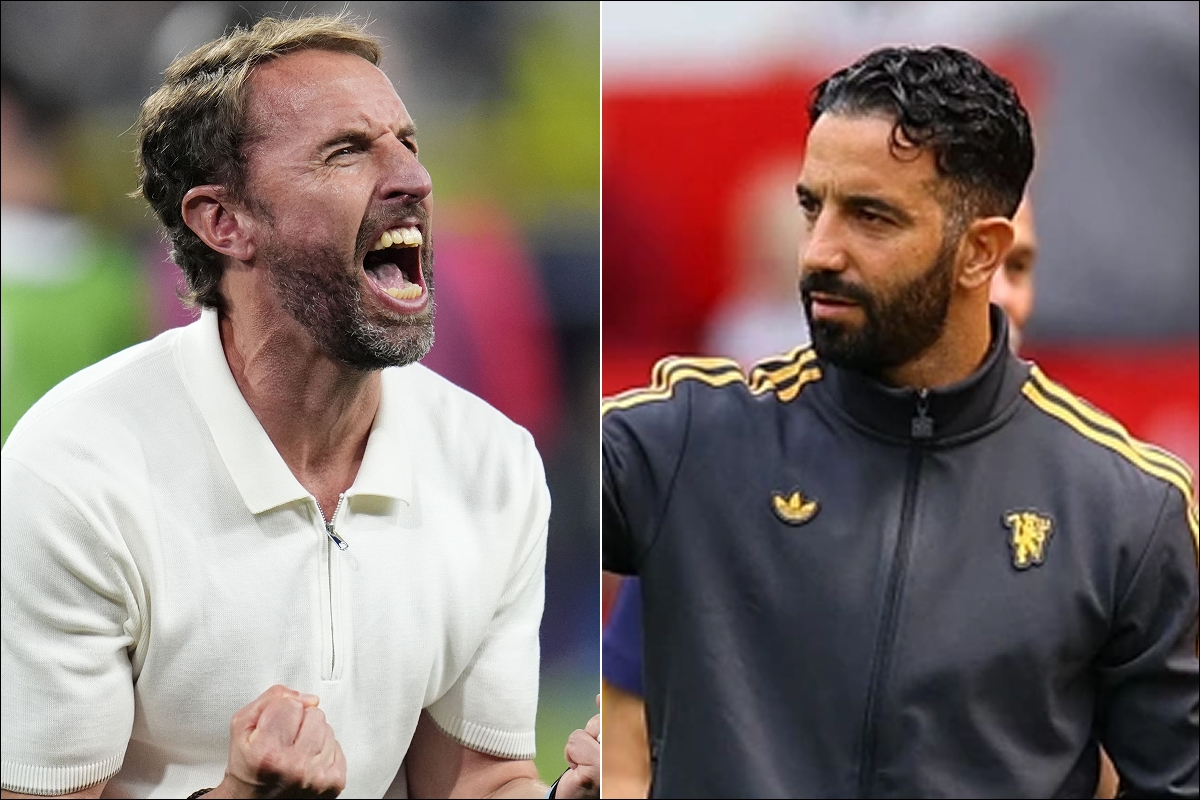

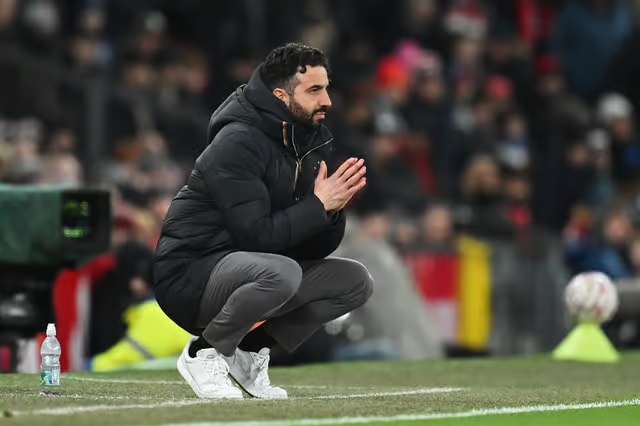
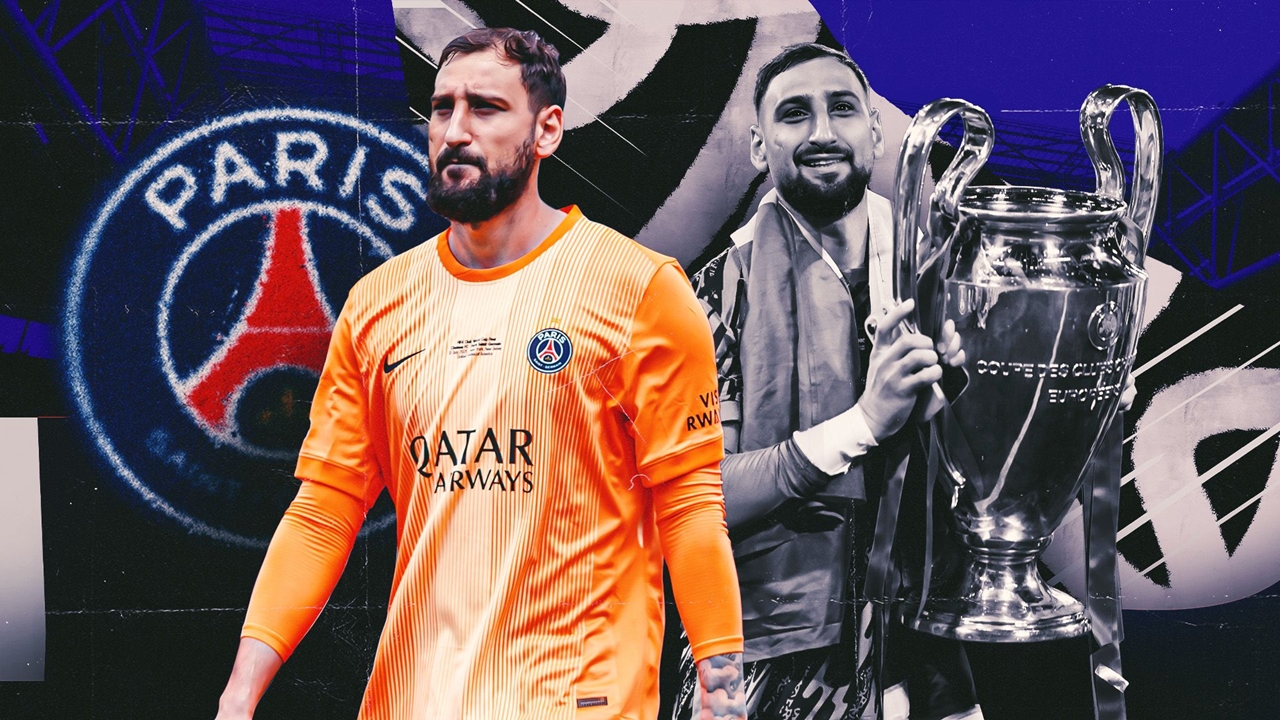
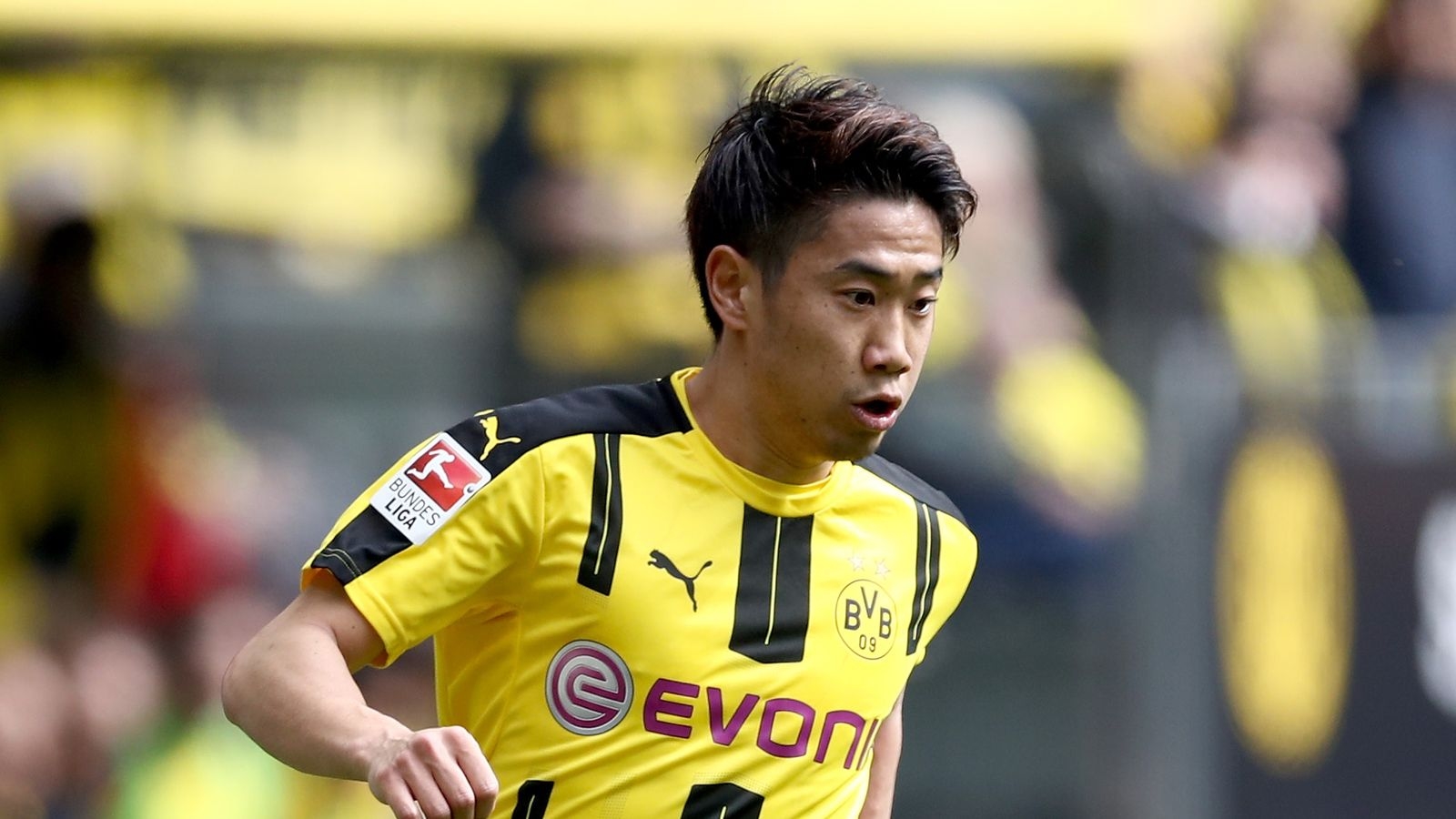
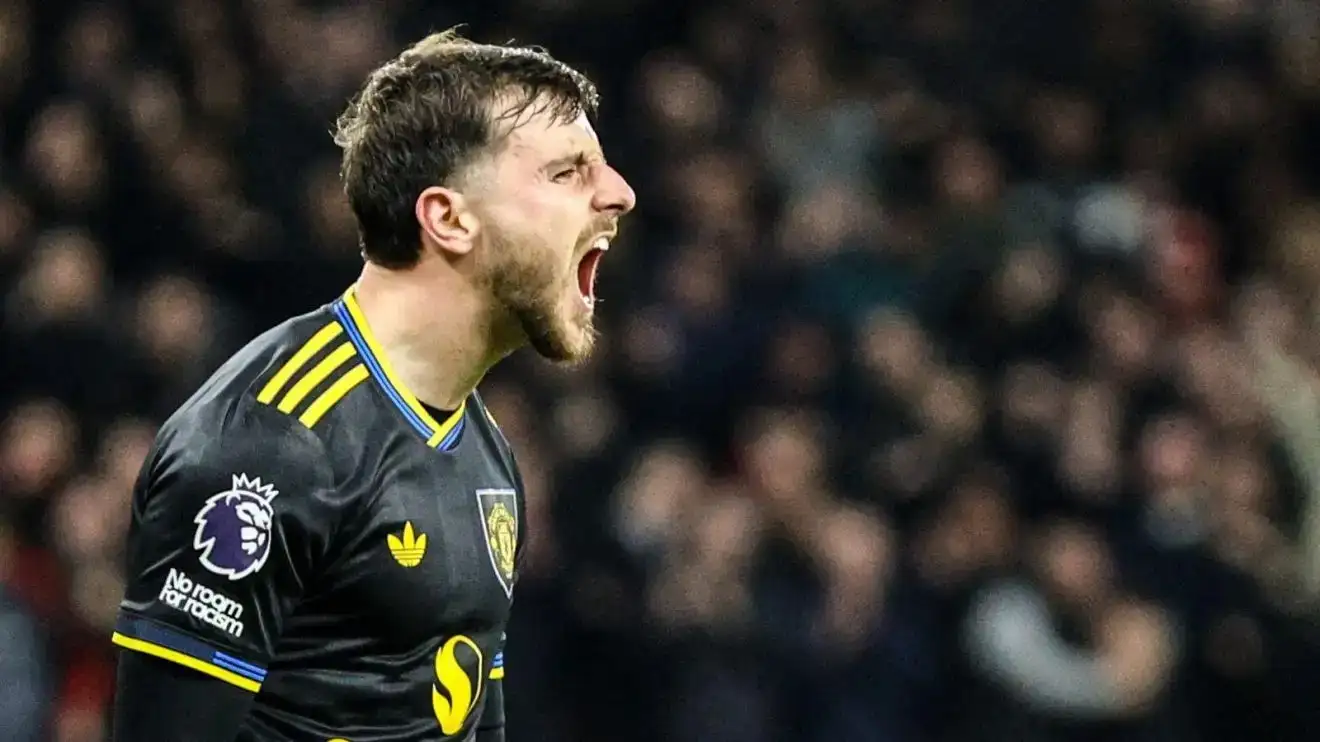
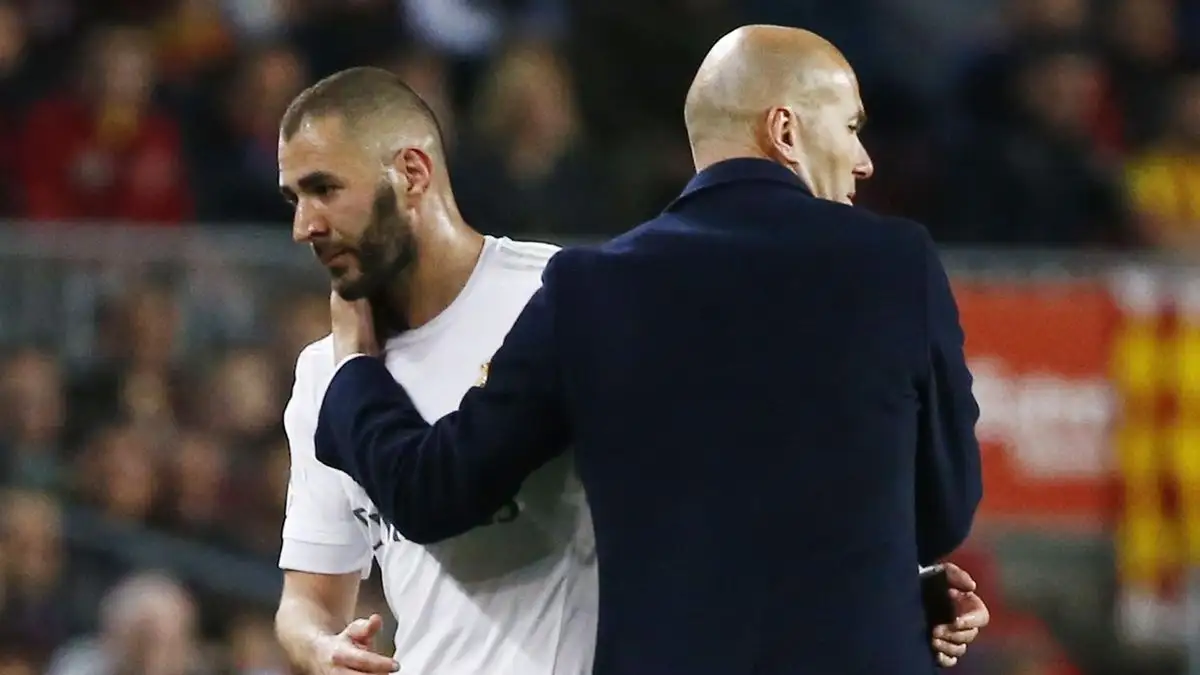
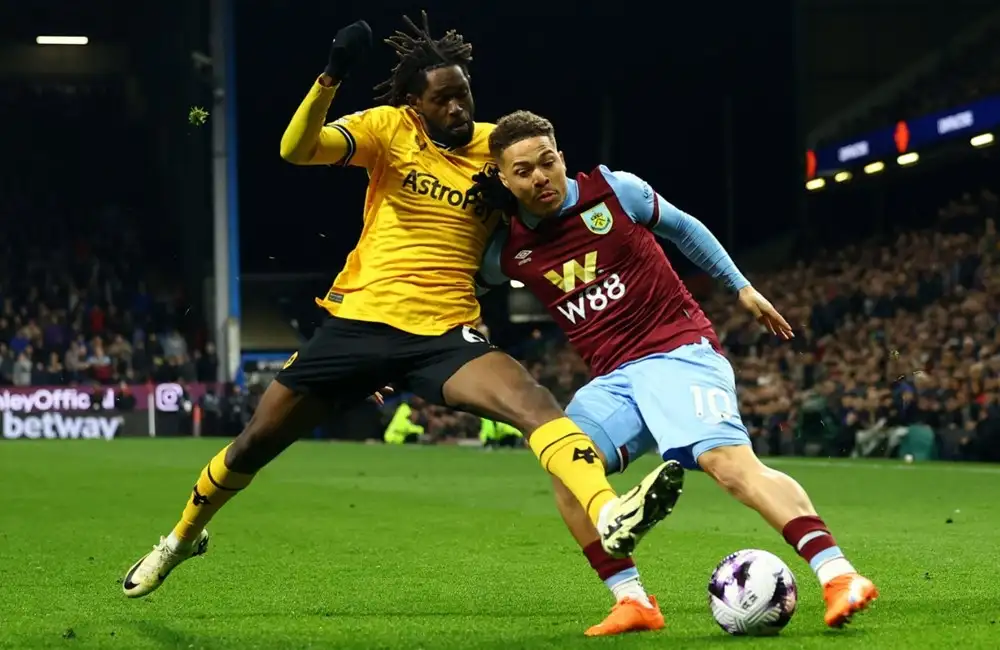
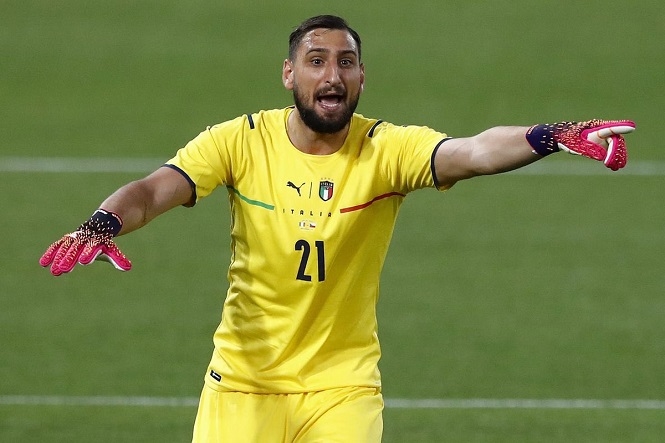
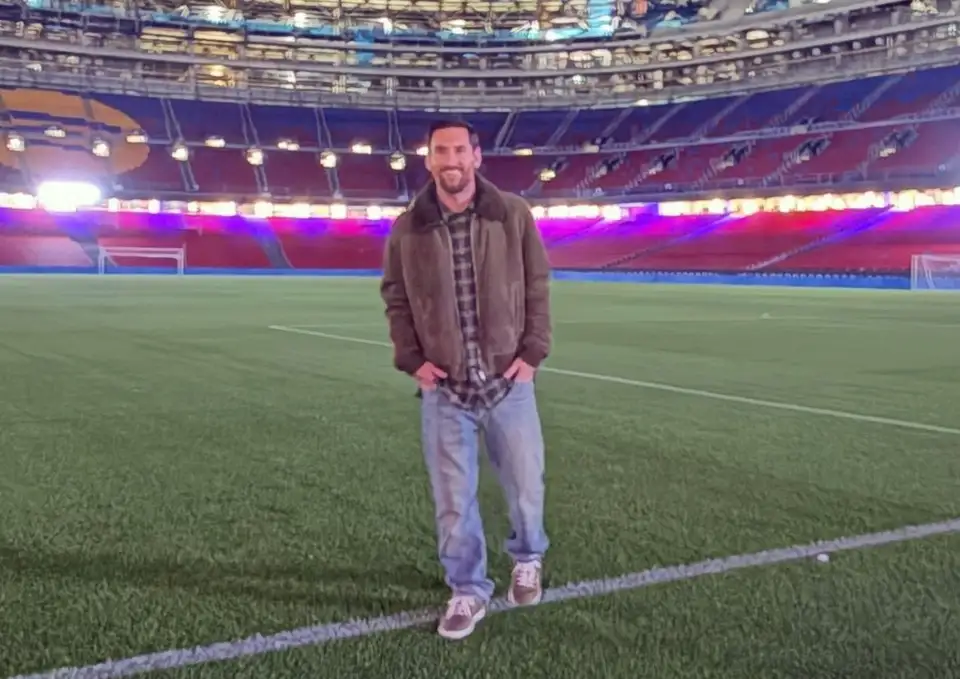
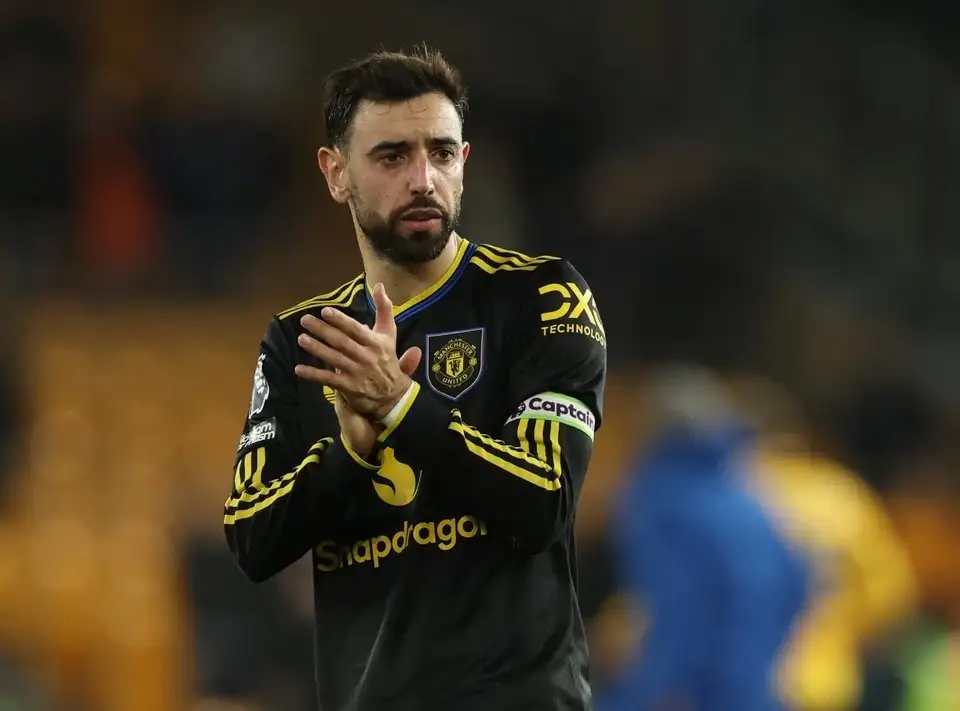

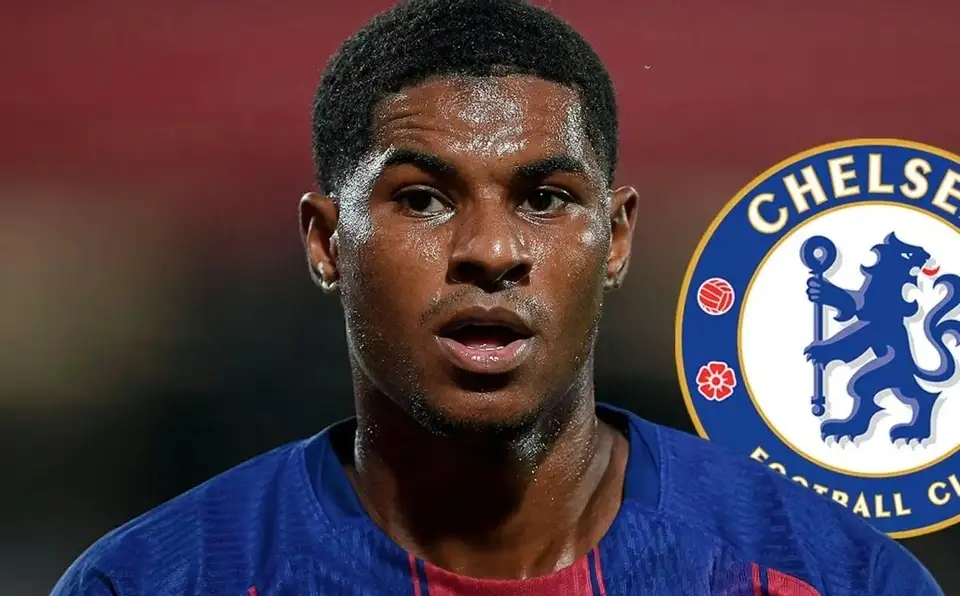

Leave a Reply